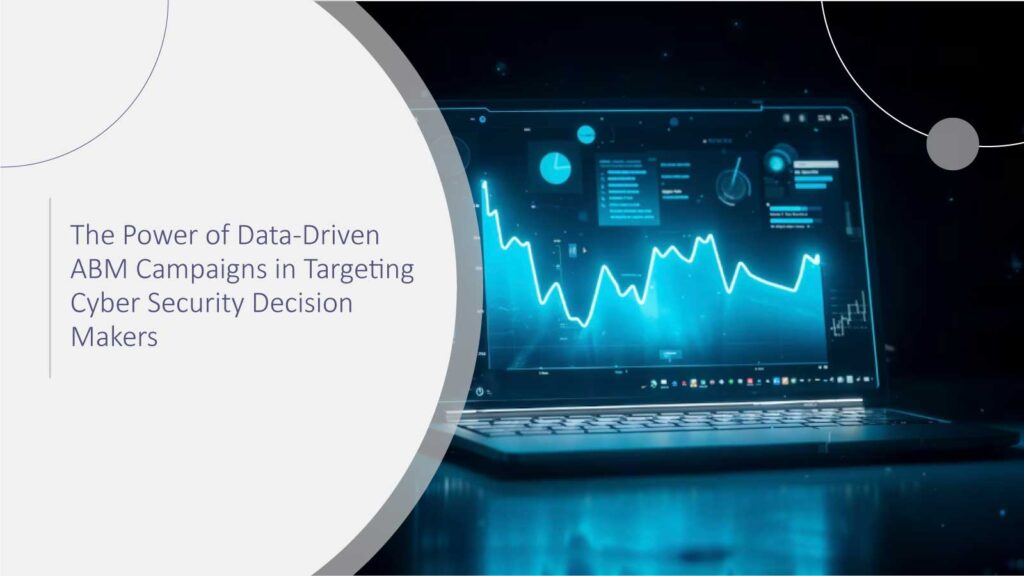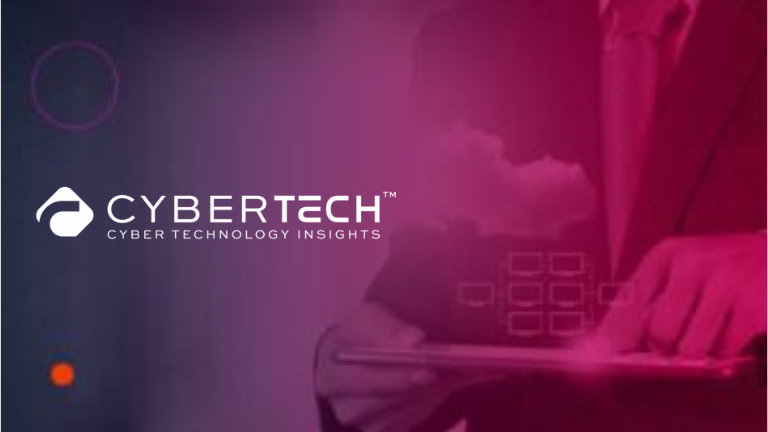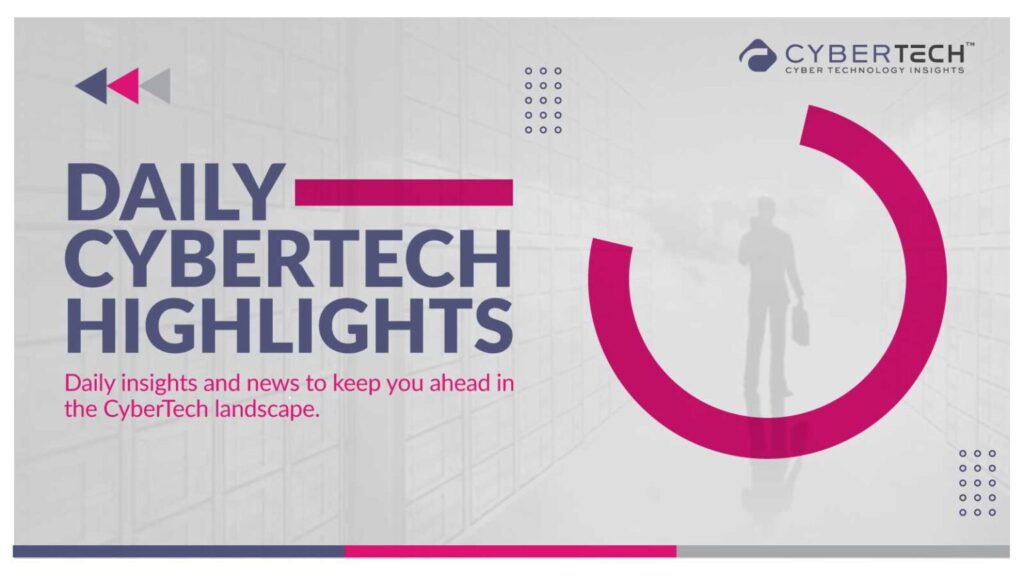Hybrid work and cloud transformation are redefining enterprise IT. Traditional perimeter security and aging VPNs can’t keep up. In today’s distributed environments, organizations need secure access solutions that are agile, identity-driven, and built around Zero Trust principles.
NordLayer drives this change at the forefront, specifically designed for hybrid and cloud-first environments. Scalable security, simple deployment, and embedded compliance make it the number one choice for organizations. That also demands secure, seamless access in 2025.
Why Secure Access Is Non-Negotiable in Hybrid and Cloud Environments
Today’s businesses run in the midst of fragmented environments, blending on-prem infrastructure, cloud-based services, and an increasing remote workforce. This fragmentation broadened the attack surface area, turning secure access not only into a requirement but a minimum standard.
More than 85% of companies have sped up cloud adoption since 2020. Legacy VPNs still provide wide network access, however, an ancient concept in a Zero Trust age. Secure access solutions turn the tables by authenticating users on the basis of identity, device status, and context. That also before allowing access, significantly decreasing threat and compliance in real time.
Top 10 Secure Access Solutions for Hybrid and Cloud Environments
1. NordLayer – Top Overall Secure Access Solution for Hybrid and Cloud
Businesses primarily use NordLayer as a network security and secure remote access service platform. VPN, ZTNA (Zero Trust Network Access), and threat prevention are just some of the features. It offers to protect network access, data, and comply with regulatory standards.
NordLayer takes the number one spot in Secure Access Solutions because it does everything well for cloud-first and hybrid organizations. Developed by the same people who built NordVPN, it provides a cloud-native ZTNA. Certainly, this offering that rolls secure web access, dynamic identity controls, and compliance enablement (HIPAA, SOC 2, GDPR) into one. IT teams receive a simple, clean console with adaptive access policies, easy to onboard users without sacrificing security. What makes NordLayer unique is the way it brings ZTNA, Secure Web Gateway, and identity-aware access. That too under a single lightweight platform. It’s the mid-to-large enterprise go-to for secure, scalable, and frictionless access in 2025.
2. Palo Alto Networks Prisma Access – Unified Enterprise-Grade Security
Santa Clara, California-based Palo Alto Networks is a cybersecurity company that provides next-generation firewalls and cloud security products. Prisma Access by Palo Alto Networks is a cloud-native SASE solution that protects hybrid and remote workforces with services. Eventually, these services are similar to Zero Trust Network Access (ZTNA), Cloud Secure Web Gateway (SWG), Cloud Access Security Broker (CASB), and Remote Browser Isolation (RBI).
Prisma Access is a beast, combining Palo Alto’s industry-leading firewall, endpoint, and threat intelligence technologies into a unified secure access platform. As a Secure Access Solutions, It applies policy to global hybrid environments with accuracy, courtesy of close integration with enterprise security stacks. For larger enterprises with complicated infrastructures, Prisma Access provides superior consistency and visibility. Albeit at a higher price and configuration complexity than NordLayer.
3. Zscaler Private Access (ZPA) – Application-Centric Zero Trust Access
Zscaler Private Access (ZPA) Secure Access Solutions allows enterprises to offer access to internal applications and services without compromising network security. ZPA provides a more deployable, less costly, and more secure solution compared to VPNs. Zscaler’s ZPA replaces legacy VPN tunnels by offering direct-to-app Zero Trust access.
No connections at the network level, only granular, secure access by user and device health. Its worldwide distributed infrastructure can handle millions of users. Also, it makes it a good choice for large enterprises that are moving away from legacy systems. Though it leads in scale and performance, it has some inherent compliance and management ease built into it that leaders like NordLayer have.
4. Cisco Secure Access – Seamless Integration with Cisco Stack
Cisco Secure Access offers market-leading flexibility in the way it protects access to all (not only some) private applications. It is a Security Service Edge (SSE) solution that supports secure and seamless access to the internet, cloud services, and private applications using zero-trust concepts. Cisco consolidates Duo MFA, AnyConnect, and its broad security portfolio under the Secure Access banner.
This method allows for standard policy enforcement across on-prem, cloud, and remote users, well-suited to organizations already committed to Cisco’s ecosystem. Its heavy integration and strong infrastructure make it a reliable solution, although it might not be as new or user-friendly as newer, ZTNA-native tools.
5. Cloudflare Access – Speed Meets Security at the Edge
Cloudflare Access authenticates and secures employee and third-party access to all your self-hosted, SaaS, and non-web applications, lowering risk and providing a secure, seamless user experience. It’s CASB provides comprehensive visibility and control of SaaS applications, stopping data leaks and compliance risks. Cloudflare Access extends Zero Trust to the network edge.
Its global edge infrastructure reduces latency, enhancing app access speed for distributed users without compromising security. Authenticating users and devices before access, Cloudflare eases the transition away from traditional VPNs. Its lightness and speed contribute to its performance, but its lesser concentration on proxy-level access keeps it from achieving a higher rating among full-suite secure access platforms.
6. Akamai Enterprise Application Access – Scalable Global Connectivity
Akamai Enterprise Application Access provides high-speed, secure, identity-based access to private applications without the need for VPNs or legacy network access. It is a cloud service that provides granular, least-privilege access to applications, reducing or eliminating the need for VPNs and legacy network-level access.
Akamai’s strength lies in its global presence. Enterprise Application Access offers identity-based access without exposing internal networks, an ideal fit for companies with widely dispersed teams. It integrates well with existing identity solutions and excels in delivering low-latency access. However, it lacks the broader feature set, like built-in SWG or unified policy engines, that define top-tier platforms like NordLayer.
7. Symantec Secure Access Cloud – Endpoint-Aware Access with Centralized Visibility
Symantec Secure Access Solutions Cloud by CST is a SaaS-based Zero Trust solution that provides agentless, point-to-point access to on-premises and cloud assets and eliminates network-level risks. Symantec’s cloud-native secure access solution focuses on real-time risk detection and endpoint integration.
If you’re already running Symantec’s broader security suite, this solution offers a centralized, cohesive experience. While capable, it’s less flexible for complex or highly customized hybrid environments and trails behind in terms of user-friendly deployment and interface design.
8. Twingate – Developer-Friendly and Automation-Ready
Twingate is an integral Zero Trust orchestration layer that enables you to create a best-in-class security environment without the need to re-architect your network. It also offers secure remote access to your home network and its services, such as Home Assistant, Plex, security cameras, and other self-hosted applications. It’s easy, quick deployment with automated features that are attractive to DevOps organizations and agile businesses.
Its infrastructure-as-code capabilities and sleek interface have it favored by lean IT teams and startups. Twingate’s reach is, however, more limited. It’s not designed for large companies with strong compliance requirements or large numbers of users, leaving it in the lower half of the rankings.
9. Appgate SDP – Microsegmentation and Compliance at its Core
Appgate SDP provides consistent security to all applications and is built to function seamlessly in both on-premises and cloud infrastructures.
Its dynamic segmentation and real-time access decisions make Appgate’s software-defined perimeter solution exemplary for industries where compliance is critical, such as healthcare and finance. Whereas its expansive control set is sturdy, certain IT personnel would consider it too expensive due to its complexity of deployment and lower footprint on adoption than Palo Alto or NordLayer. Appgate SDP is fully compatible with on-premises as well as cloud deployments and is tailored for consistent security for all workloads.
Appgate software-defined perimeter solution shines with dynamic segmentation and real-time access decisioning, which is well-adapted to highly regulated use cases like finance and healthcare, where compliance must not be compromised. Its broad control set is effective, but lower adoption footprint compared to NordLayer or Palo Alto, and deployment complexity can be a hindrance to some IT organizations.
10. Perimeter 81 – Zero Trust for Small to Mid-Size Businesses within Reach
Perimeter 81 greatly simplifies network security by providing enterprise-grade, secure remote access and network capabilities through the cloud. Freed from physical infrastructure, it can be operated anywhere on the planet and enables remote workers to access company resources securely. Rounding out our top 10 is Perimeter 81, a cloud-native ZTNA offering for SMBs moving out of VPNs.
It’s a clean interface, easy to set up, and has core Zero Trust features like MFA and network segmentation. It’s great for growing businesses, but doesn’t offer the high scalability, performance tuning, and policy flexibility large or heavily regulated organizations require.
How to Choose the Right Secure Access Solution
The right secure access solution in 2025 is determined by your environment, size, and compliance requirements. Begin by determining whether your organization is cloud-native, hybrid, or remote. Next, evaluate how seamlessly your identity infrastructure and device environment will mesh with the platform.
An outstanding solution must offer Zero Trust enforcement across all access points, scalability in the cloud for growth, seamless integration with identity and device posture infrastructures, built-in compliance with data protection regulations, and single-pane management to alleviate IT burdens. NordLayer surpasses all such expectations by a wide margin. It simplifies and secures access control without compromising on speed or efficiency. When you scale up operations or meet hybrid work demands, NordLayer provides compliant and flexible access, ready to meet the future of work head-on.
FAQs
FAQ 1: How is Zero Trust different from using a traditional VPN for remote access?
Zero Trust authenticates each user and device every time they request access, based on context like location and device posture. Unlike VPNs, which give broad network access, Zero Trust limits access to only the specific apps or data a user needs. Secure Access Solutions.
FAQ 2: What makes NordLayer better suited for hybrid and cloud-first environments compared to older enterprise solutions?
NordLayer is built with cloud-native architecture and lightweight deployment, allowing seamless integration with existing identity and security stacks. It offers scalable Zero Trust access, fast onboarding, and strong compliance controls without requiring complex configurations.
FAQ 3: Can secure access platforms fully replace firewalls and endpoint security tools?
No, secure access solutions complement but do not replace traditional perimeter and endpoint security. They focus on controlling and securing access, while firewalls and endpoint protection defend against threats at the device and network layers.
FAQ 4: How do I know if my organization needs a full SASE platform or just ZTNA?
If your organization operates in multiple regions, handles sensitive data, and wants unified control over internet, cloud, and app access, a full SASE platform may be best. Smaller or mid-sized companies can often start with ZTNA and layer in more services over time.
FAQ 5: What’s the biggest risk of sticking with legacy VPNs in 2025?
Legacy VPNs expose the entire network once a user logs in, making them vulnerable to lateral attacks if credentials are compromised. They also lack real-time policy enforcement, making them risky and inefficient for today’s dynamic hybrid work environments. Use Secure Access Solutions.





